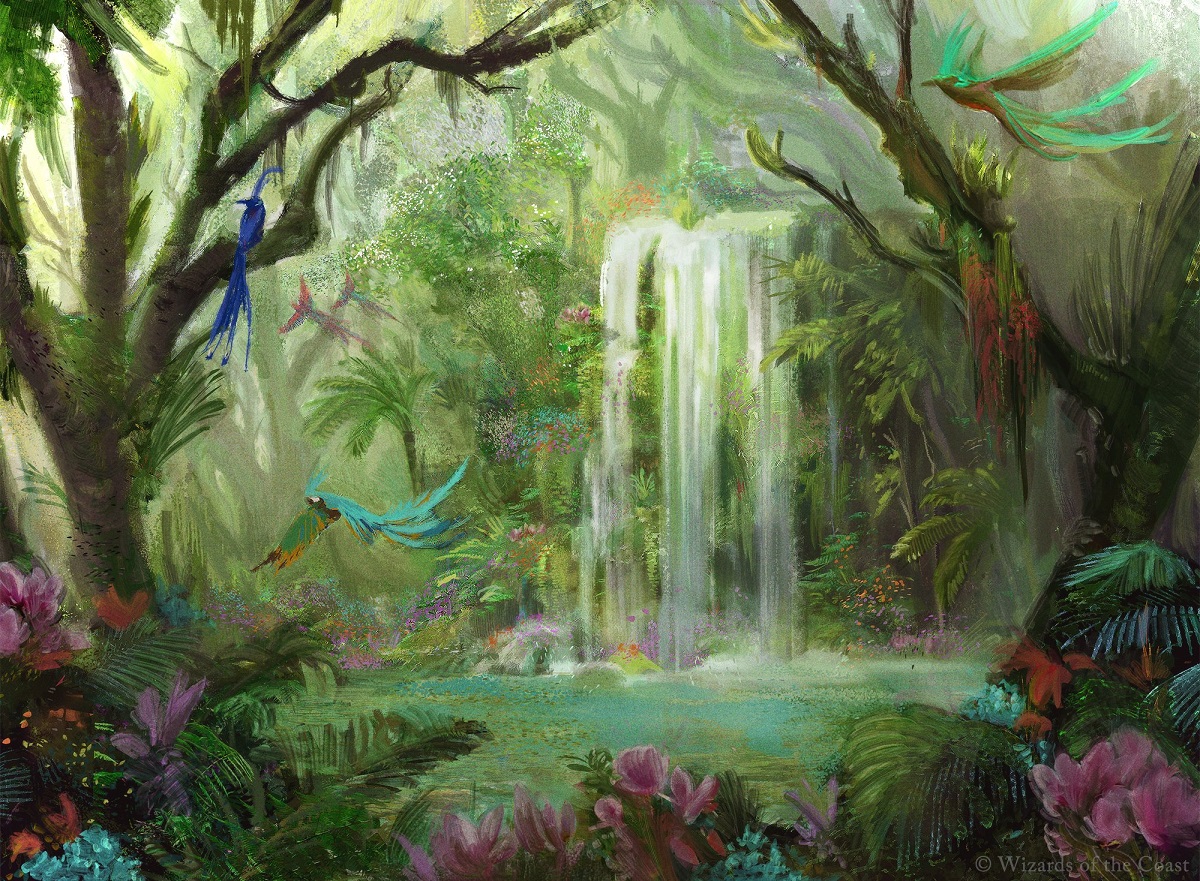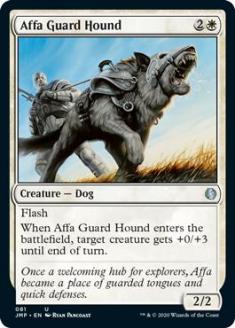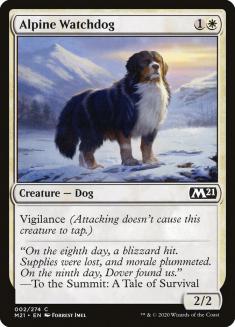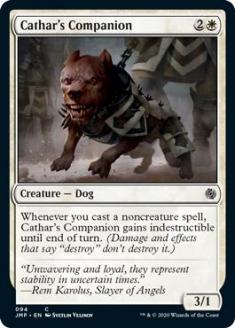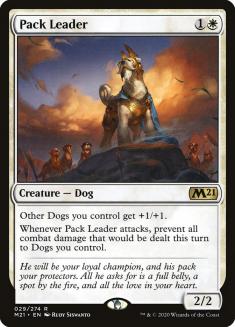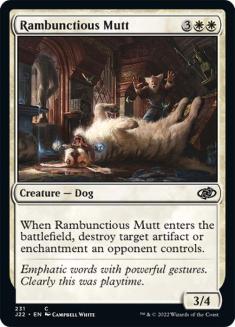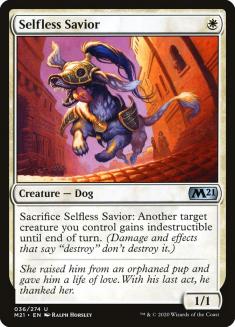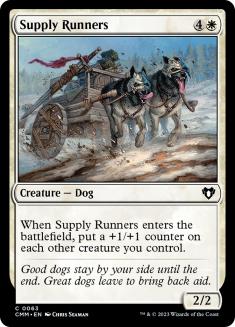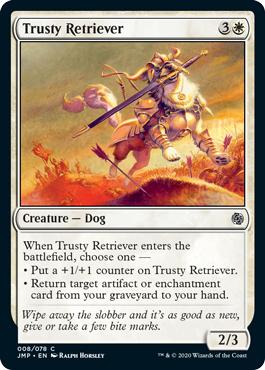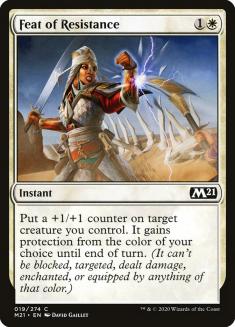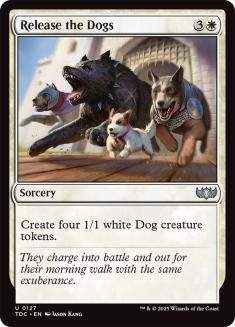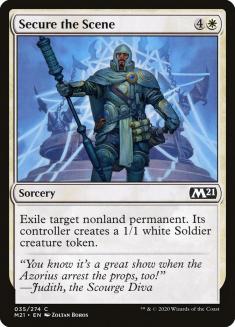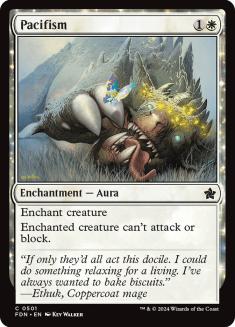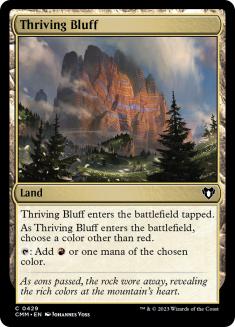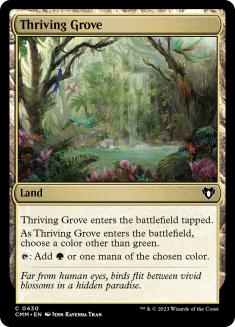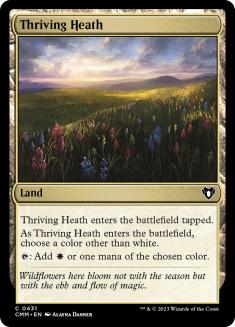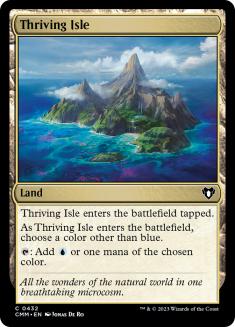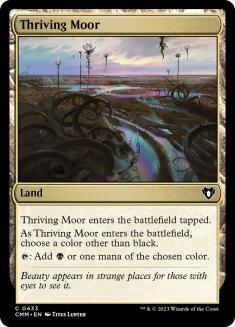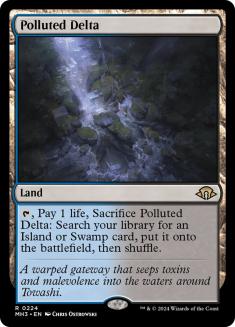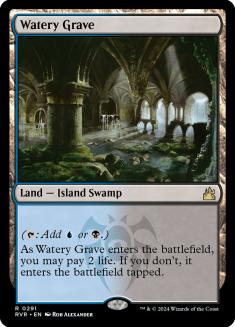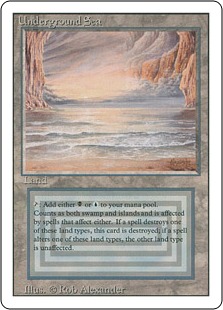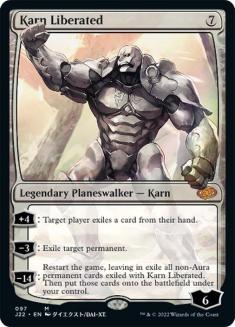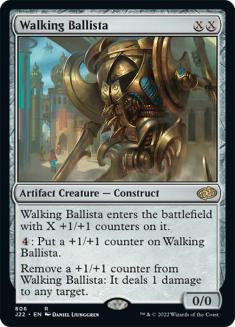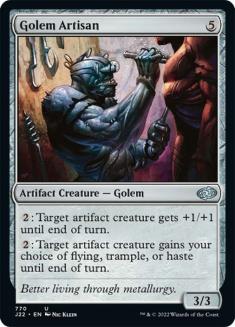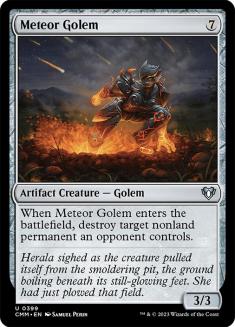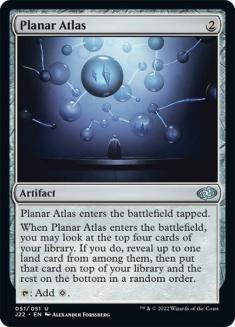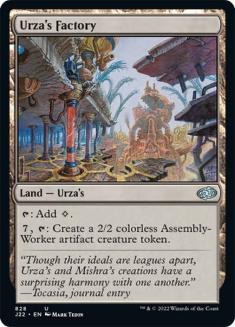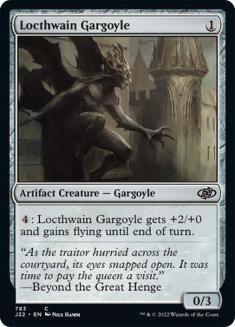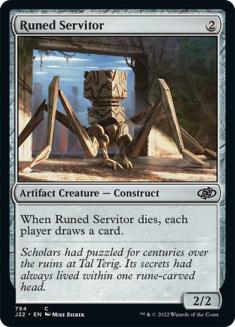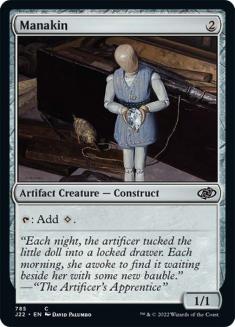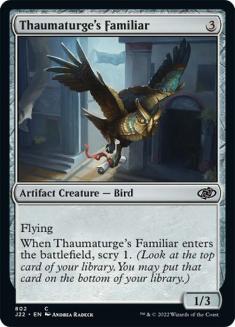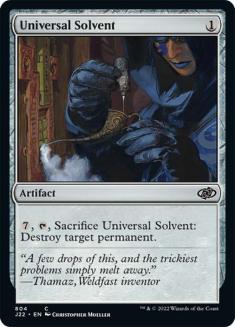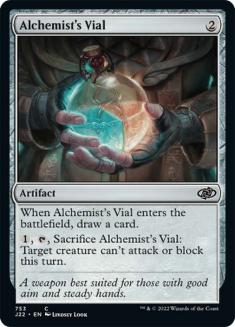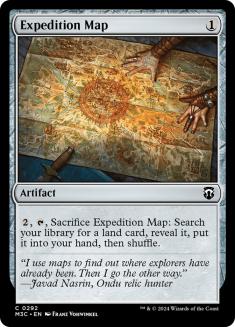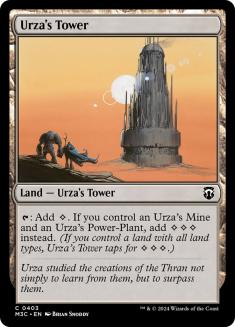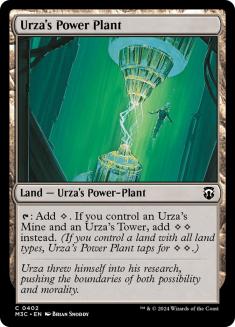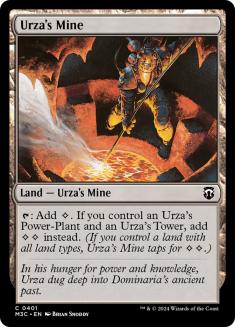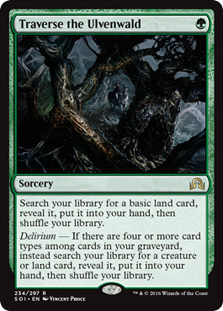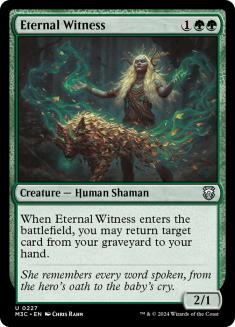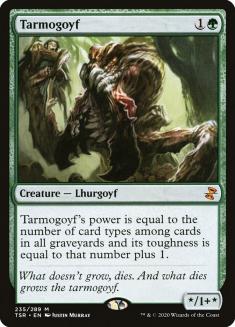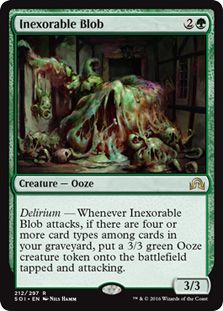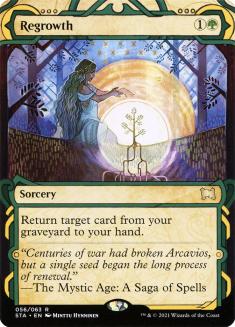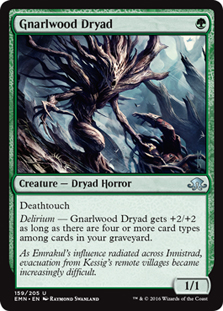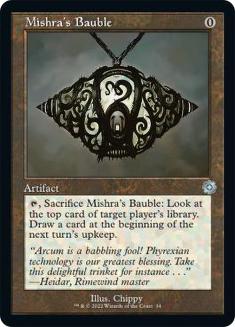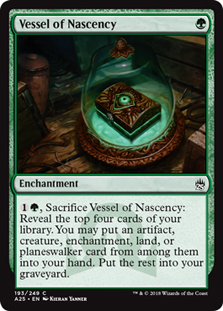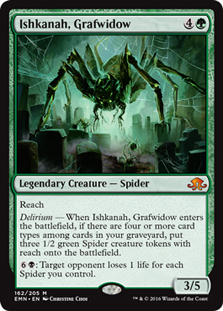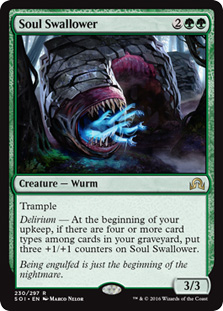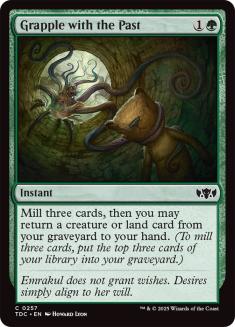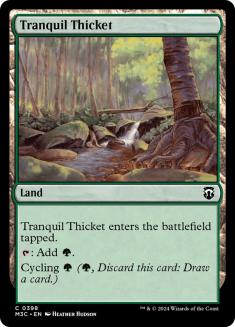What’s up, gamers? If you’re here for Cube content, I feel I should let you know that we’re doing something a little bit different here today. Today’s topic serves as a great supplement to a Cube night, but is a different way to play Magic altogether. Today I’ll be breaking down how to build your own Jumpstart environment, and next week I’ll be going over my own Party-themed Jumpstart Cube. Let’s dig in!
Shuffling Up
It should come as no surprise that Cube is my favorite way to play Magic. Like many Magic players, I occasionally find myself pondering why and how other players’ format preferences differ. Cube has gained a lot of popularity over the years, but it has not experienced nearly the growth of Commander. I think that a lot of this has to do with the ease of building your own Commander deck relative to building an entire Cube as a form of self-expression. Ultimately, I think that the “shuffle up and play” nature of Commander is the hurdle that Cube realistically can’t overcome, with building decks being a barrier to actually playing games of Magic once you open your Cube box.
That said, Cube does have the advantage of one player providing the experience for a group of other players. If I have a deck, I can play with other players who have decks, but if I have a Cube, I can play with anybody who knows how or is willing to learn. This is part of the reason that some players maintain what is called a Battle Box, which is a way to play where players play a generally lower-powered game of Magic, drawing from the same deck that can easily be shuffled and played. Battle Box has never been my scene, but when the original Jumpstart set was announced, it immediately had my attention as another form of “shuffle up and play” Magic.
What Is Jumpstart?
There’s so much happening with Magic these days that I don’t expect everybody to know everything that’s going on. The full truth is that I’ve realized I expected people to know more than they realistically would back when a lot less was happening with the game, but I digress.
Jumpstart is a way to play Magic where players shuffle two twenty-card packets together to play games of Magic with 40-card decks. There are two official Jumpstart sets, Jumpstart and Jumpstart 2022, with Standard legal sets also getting their own Jumpstart boosters these days. I don’t have much experience playing with these official products, but they’ve always struck me as a great introductory product, given how easy it is to just crack some packs and play, yet it can scale to more entrenched players with compelling enough designs.
The Packets
Each packet is a selection of mono-color spells that sticks to some kind of theme. Some of the themes explored in the official release are specific planeswalkers, creature types, or mechanics. Some are a bit more abstract, but the thematic nature is a big part of what makes the experience resonant. For example, who wouldn’t be delighted to open the Dogs packet from the original Jumpstart set?
For those counting, that’s twelve spells. Each Jumpstart pack includes that as well as seven basic lands of the appropriate color, and one Thriving land.
Thriving Lands: The Secret Sauce
I love Thriving lands for Cube, and they’re the glue that really makes retail Jumpstart functional.
With each packet being mono-color, Thriving lands serve as a two-color tapland for whichever combination of colors you open. They do have some downside if you happen to open two packets of the same color, but that really just helps to balance how much more castable your spells will be on average. Eight lands in each packet mean that Jumpstart decks feature sixteen total lands, which is slightly light but definitely functional, especially given that their mana curves tend to be on the low side.
A workaround for this that I’ve devised is to keep two copies of every basic land in the box with my Jumpstart packets. If you really want to play seventeen lands, you can swap one in, which also helps if somebody takes issue with a spell in one of their packets. I haven’t actually had anybody take me up on this yet. I imagine this has to do with just shuffling up and playing being a significant feature of Jumpstart, but it’s something to consider and is easy to implement.
Building Your Own Jumpstart Environment
One of the more popular ways to build a Cube is a Set Cube, which includes only cards from a specific set, providing something close to the retail Limited experience. This is easy to do with Jumpstart, given that the packs are ready to play. One needs only to open them (or track down the cards independently) and keep them together as playable packets.
If you’re like me, though, you’re more interested in curating your own environment. I like a lot of what is going on in the Jumpstart product line, and you’ll see next week that my own Jumpstart design keeps things mono-color, but realistically you could use Jumpstart to explore any theme, including multicolor ones. I personally find the Thriving land model very charming, but there’s nothing saying you couldn’t have a Dimir packet flush with Polluted Delta, Watery Grave, and Underground Sea.
Dream Theme
More important than color restrictions, I think a lot of the fun with Jumpstart comes from exploring themes in your packets. Any theme that you could feature in a Cube could appear in a Jumpstart packet, and I would argue that Jumpstart allows for the exploration of parasitic themes in a much more satisfying way than drafting does. Tron is really awkward in traditional singleton Cube environments, but the Urza’s packet in Jumpstart 2022 is something of a masterpiece:
My personal Jumpstart environment tries to keep the gameplay balanced, with every packet driving players to engage in combat, but there’s definitely something awesome about the Urza’s packet that isn’t present in my build. I’ll get more into this next week, but I did experiment with some packets that don’t fit my environment that seemed fun if you were interested in a Jumpstart experience that’s a little less grounded. A little more whimsical.
Delirium Demo
It’s no secret that I’m a delirium fan, and I thought that the delirium packet that I designed was very cool, if inappropriate for what I was building:
Ishkanah, Grafwidow technically breaks the mono-color mold, but is an example of a way you can take even more advantage of Thriving lands. The biggest issue I took with this packet was that Walking Ballista felt really powerful relative to the environment that I was curating, which is long on one-toughness creatures. I find that resonant themes are more important to a Jumpstart environment than doing heavy balance work around the combination of any two packets, but avoiding individual cards that overperform in the average game makes the experience more fun.
Size Matters
Just like with Cube Draft, the range of themes to explore in Jumpstart is infinite. You can make your own Jumpstart environment as specific or general as you like. The Packets for my Jumpstart Cube all revolve around the party mechanic and the relevant creature types, but when designing your own, you could realistically explore any theme in Magic!
My Jumpstart Cube consists of twenty total packets, four for every color, and that feels like a good baseline for a size that facilitates a lot of different configurations. The idea of a Jumpstart Cube with even more packets that doesn’t necessarily have any kind of central theme is an idea that I find really exciting, too.
Storing a Jumpstart Cube
Once you’re done playing a game of Jumpstart, I find that it’s relatively easy to separate out the cards back into their respective packets. Storing them when you’re not playing is another matter.
When I started working on this project, I verified that Dragon Shield Cube Shells hold twenty single-sleeved cards, and they’ve been the perfect home for my packets. They keep the cards separated, allow you to easily label your packets, and give players something to open when they play. They’re also nice for sliding down the table when other players invariably take interest in your Jumpstart games and want to play themselves.
Playing Games
I mostly play my Jumpstart Cube between rounds of traditional Cube drafts, which is where the “shuffle up and play” aspect of Jumpstart really shines. Given that there are no sideboards, there’s not a ton of merit to playing the same decks against each other in back-to-back games like you would in a traditional match. We tend to just randomly select decks, play a game, and start over again.
That said, there are many other ways to play. Playing a best-two-out-of-three match with two decks doesn’t make a ton of sense to me, but either drafting or randomly assigning six packets to each player is a really fun way to play a match. Mixing packets to make three decks and playing each deck once for a best-of-three match, or playing until one player wins with all three of their decks, both make for a great time! This part is hardly a science, and the customization regarding how you actually play matches is another fun feature to explore with Jumpstart.
Jumpstart the Fun
My Jumpstart Cube became an instant hit with my friends. I believe this is in no small part due to how easily and quickly you play games with Jumpstart packets. Jumpstart is pretty accessible for players of any skill level, and whether you’re looking for something to do between rounds or a full play experience in itself, there’s something really fun worth exploring here. There’s no right or wrong way to make Jumpstart packets so long as you and your friends enjoy the games, but if you’re interested in a more thorough look at a specific design, then come back next week for my breakdown of my Jumpstart Party Cube!

